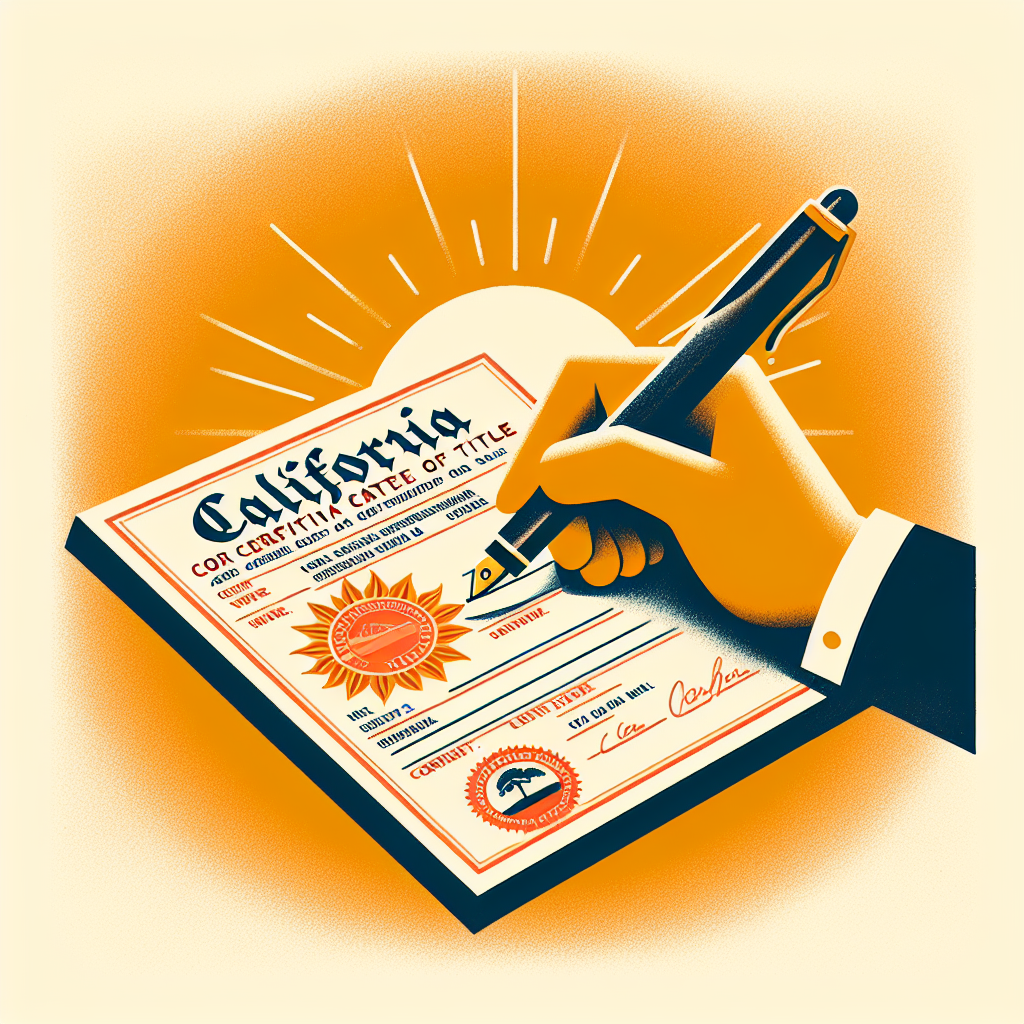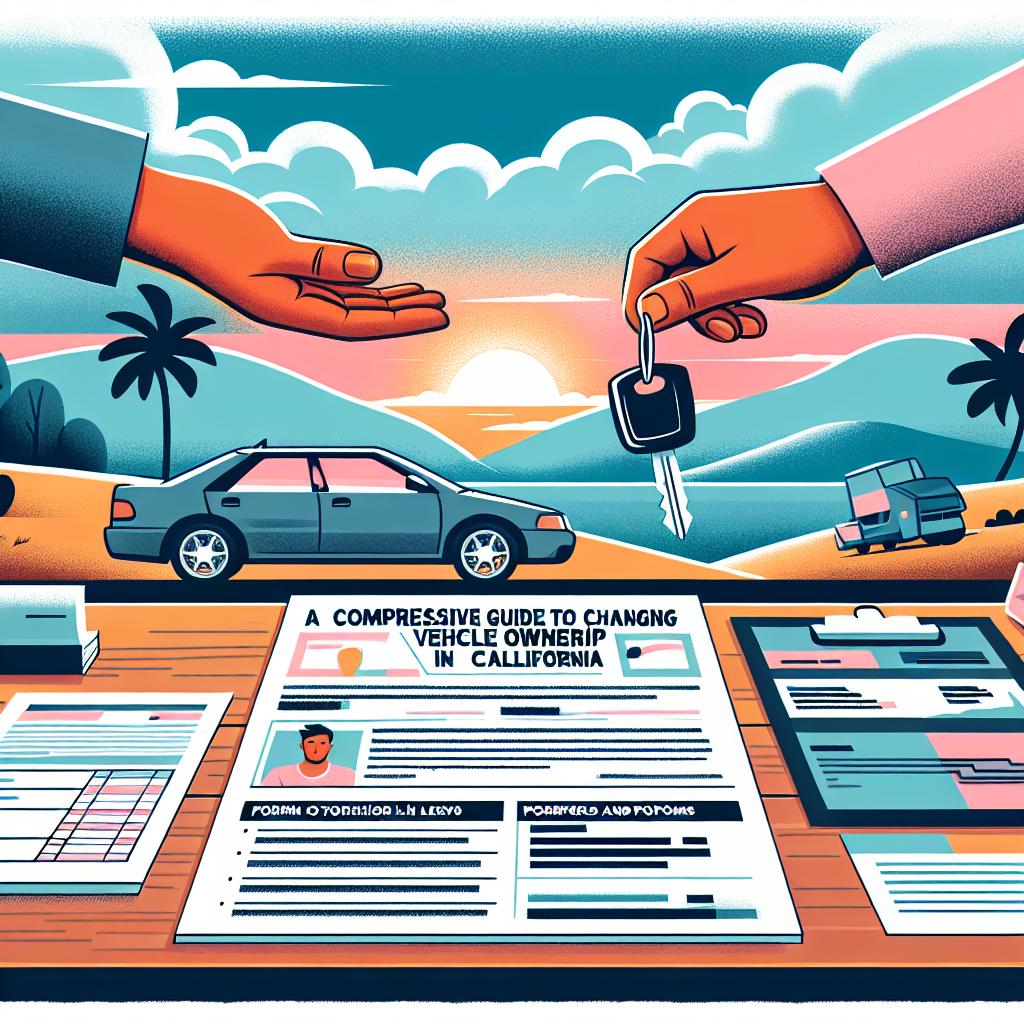Quick Guide to Getting Replacement License Plates and Stickers in California
Introduction
License plates and stickers are more than just metal and sticky stuff—they are like your car’s ID card. They show that your car is allowed to drive on the roads in California. But sometimes things happen, and they might get lost, stolen, or damaged. If that happens, you need to get new ones fast to make sure you’re following California’s rules. This guide will help you understand the types of license plates and stickers and show you how to get replacements quickly.
Types of License Plates and Stickers
Different cars might have different plates and stickers, and knowing which ones you have will help when you need to replace them.
- Standard Issue Plates and Stickers: These are the regular ones that most people have.
- Specialized Plates: These can be personalized with your name or show your interests.
- Temporary Operation Permits: These are for when you’re waiting for your new plates and need to keep driving legally.
Steps to Get New License Plates
See if You Can Get New Plates
Before you start, check if you can get new ones:
- You can ask for new plates if yours are lost, stolen, damaged, or if you didn’t get them after renewing.
- Make sure you have all the right documents, like your car’s title or registration card.
How to Get New Plates
You need to do the paperwork right:
- Form to Fill Out: Use Form REG 156 (Application for Replacement Plates, Stickers, Documents).
- Send the Form: You can take your form to your local DMV office or send it by mail.
- Fees: Include the fee with your form. Check with the DMV for how much it costs.
Getting Your New Plates
After you send your form:
- Waiting Time: It usually takes a few weeks, but check with the DMV about how long it takes right now.
- How to Get Them: Decide if you want them mailed to you or if you want to pick them up.
- Putting Them On: Once you get them, put them on your car carefully so you don’t break any rules.
Steps to Get New Stickers
Find Out Why You Need a New Sticker
Figure out why you need a new sticker:
- Your sticker is lost, stolen, damaged, or you never got it after renewing.
How to Get New Stickers
The process is like getting new plates:
- Form to Fill Out: Use Form REG 156 for stickers too.
- Fees & Payment: Include the payment, just like with plates.
- Send It In: You can go in person or send it by mail to request stickers.
Extra Tips for a Smooth Process
- Be Accurate: Make sure everything, like your car’s VIN and your address, is correct on the forms.
- Keep Records: Save copies of everything you submit.
- Ask for Help: Contact your local DMV if you have questions or need help.
Common Mistakes and How to Fix Them
- Wrong Information: Mistakes like incorrect car details can slow down the process.
- Forgetful Fees: If you don’t pay the right amount, it stops the process.
- Be Quick: Apply right away to avoid fines or trouble with the law.
Resources and Contact Information
For forms and more help:
- Visit the California DMV website.
- Contact customer service for support.
- Use their DMV locator tool to find local DMV offices and their hours.
Conclusion
Having the right license plates and stickers is important, not just because it’s the law, but it also helps you drive worry-free on California roads. If something happens and you need replacements, don’t wait. Fix it quickly and correctly to avoid problems.
And remember, if you need a helping hand with the paperwork or if the DMV process is confusing, you can check out Tags Clinic for a fast and easy experience. Give them a call or visit to get started today!
Call to Action
We at Tags Clinic are here to help you navigate the labyrinth of license plate replacements. Why not make a visit to us at 3845 University Ave, San Diego, CA. If you prefer, you can give us a call at 619-777-9046. Check out our website for more information. Can’t wait to see you soon!









